Is downtown Rock Hill is the story of America? One would certainly hope not, but in some ways, it seems to have all the elements in parallel. Within a couple of blocks we have signs of incredible affluence
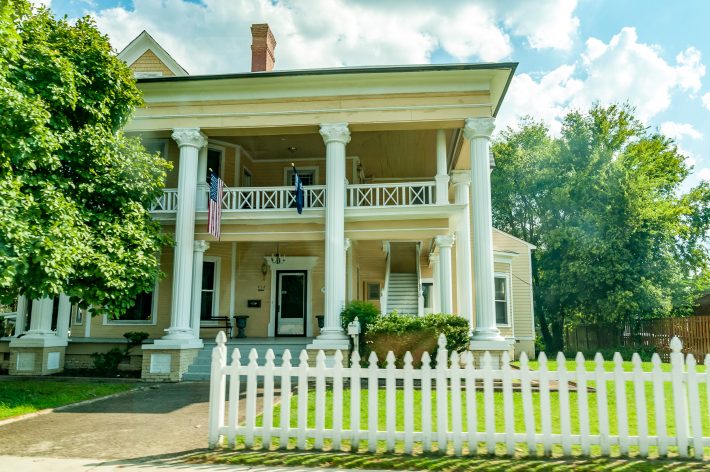
and poverty-driven decay.

What’s the difference between these two homes? What’s the difference between the owners of these homes? Over the last few years, my explanations have shifted from the left to the center-right of the political spectrum. The answer seems hinted in other parts of town.
Still only a few blocks away, Nana points out yet another building with personal significance: the remains of Rock Hill Printing & Finishing. “This was where I was working when I met Papa,” she explains to us. She shows us where she used to enter, pointing out roughly where her desk was.
One wonders if there are any plans to renovate this particular building as others in the area. Just up the road, an old factory has been turned into an apartment complex. One could likely turn this shell into high-ceiling lofts or something similar. But is the demand there? I think back to the abandoned post office just a few blocks away, figuring it’s unlikely that this gigantic building will ever become of anything more than the subject of a blog post.
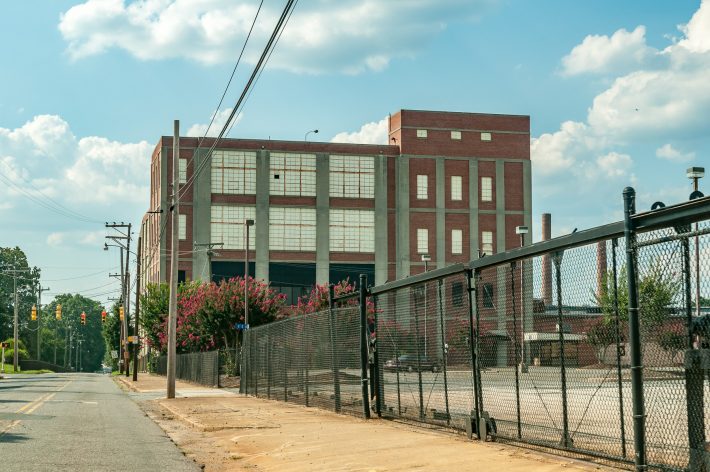
Just behind it lies the heart of the factory, once impressive, but now merely tragic. According to one source,
The building of the Rock Hill Printing and Finishing Plant in 1929 moved M. Lowenstein halfway along the way to becoming a totally integrated producer of textiles. The Rock Hill plant bleached, dyed, printed and finished cloth purchased from a variety of sources, primarily in the South. The rapid expansion of Lowenstein through the acquisition of textile mills produced the raw material for the plant and resulted in its own expansion. By the early 1960s, it grew from a plant with 200,000 square feet to one with more than 2 million square feet, which bleached, dyed, and finished both cotton and synthetic fabrics. New processes such as Sanforizing and the use of Scotchgard TM finishing permitted it to create permanent press cloth during the 1970s. Acquired by Springs Industries in 1986, the plant included 23 roller print machines and 7 screen print machines. (textilehistory.org)
Looking at an aerial view of the factory in its heyday, it’s clear the impact its closure had on the economics of Rock Hill. Now, only inspiration remains.
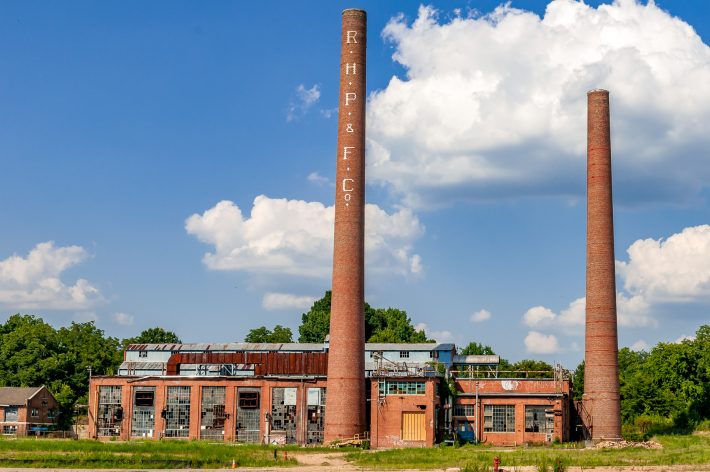
This is the story of South Carolina, a story that hopefully America as a whole will not echo. But I wonder. South Carolina used to be a textile center. My family’s fate was tied into that of the mills. My mother worked in a mill; my grandmother worked in a mill; countless aunts worked in mills. My father did electrical work in mills; my grandfather likely did masonry work for a mill or two. Every South Carolinian has mill work somewhere in her family history.
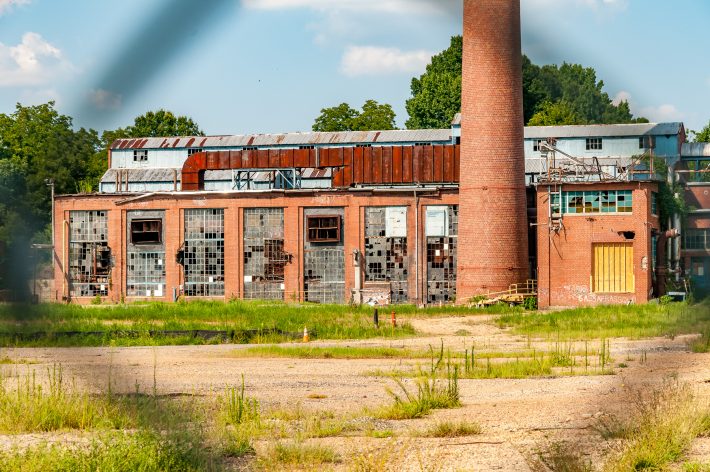
The cemetery just a block or so away is surely filled with those who worked the roller print machines and the bleaching machines, with those who did the screen printing and counted the cost of everything.
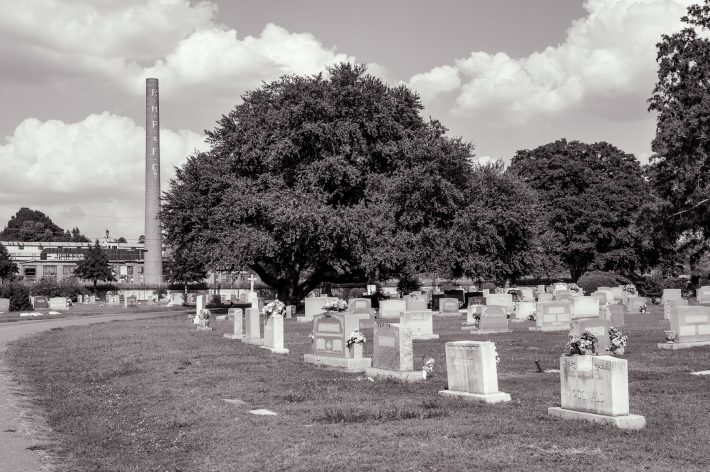
Rock Hill is only one of many textile cities in South Carolina that has suffered this fate. It’s only one of thousands of cities in America that must be harboring doubts that its best days lie in the future.